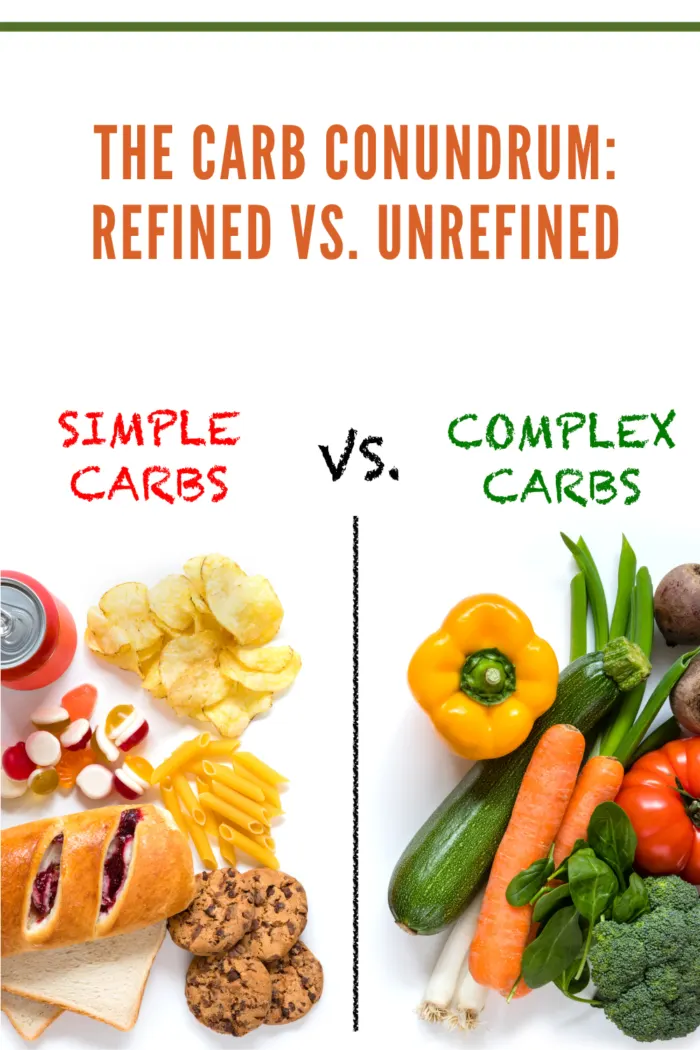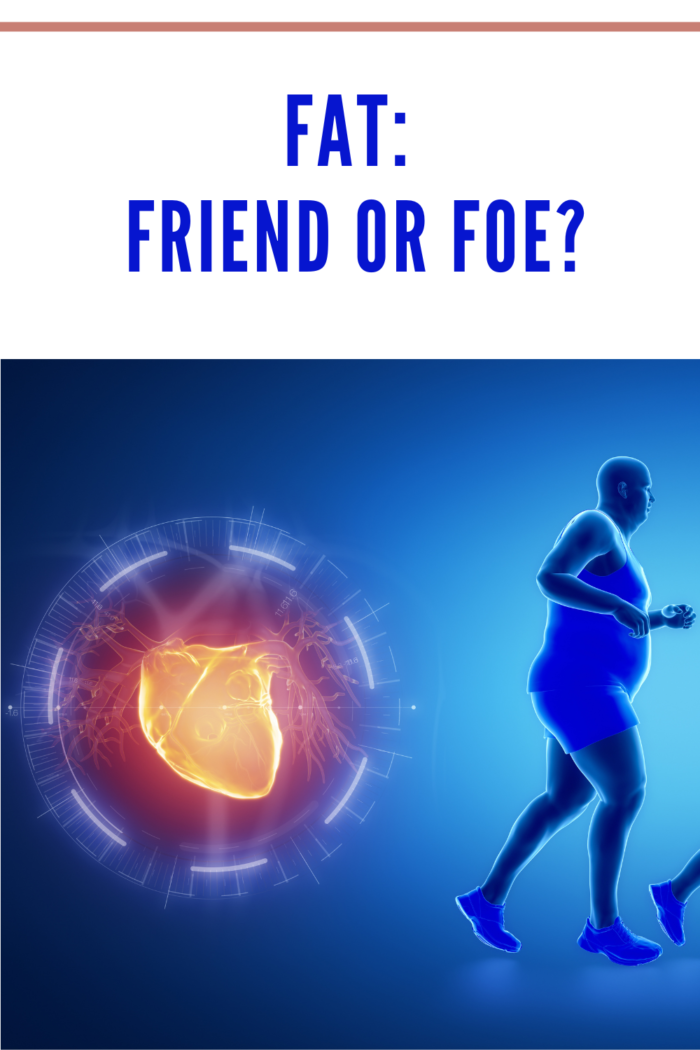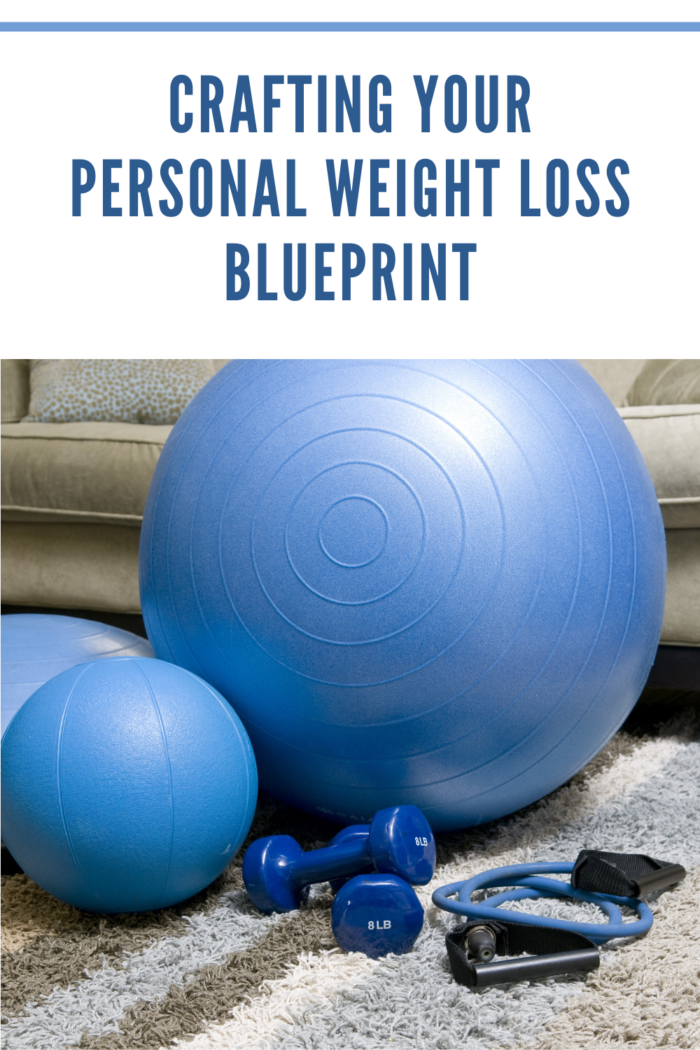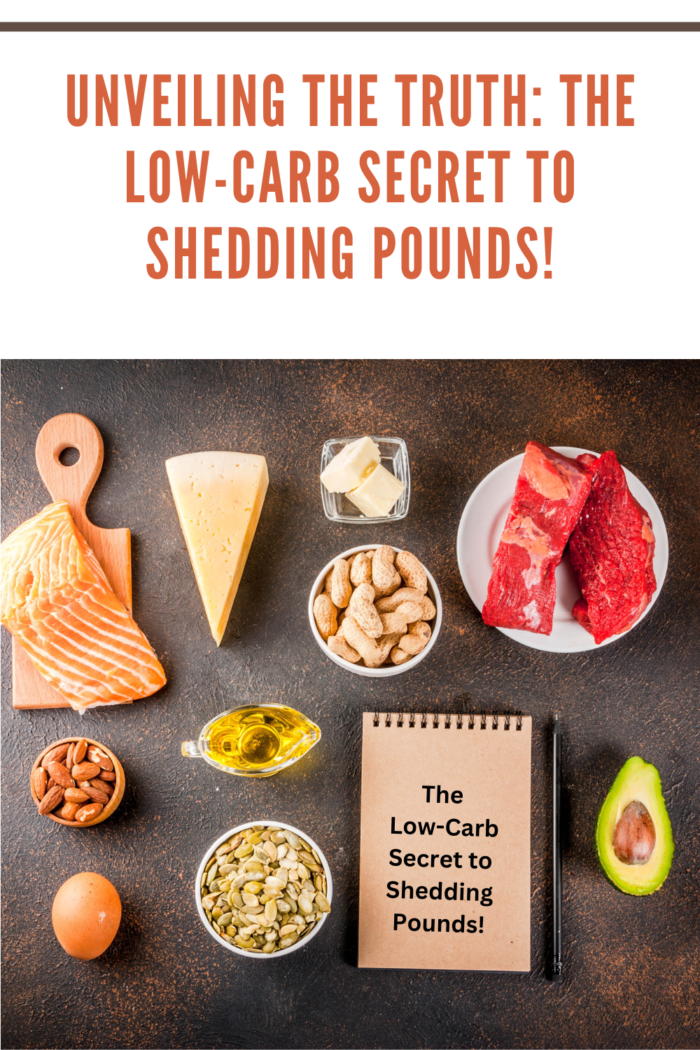Unveiling the Truth: The Low-Carb Secret to Shedding Pounds!
Say Goodbye to Misconceptions: The Downfall of the High-Carb, Low-Fat Myth
For years, we’ve been told that the path to weight loss is paved with high-carb, low-fat diets. But what if we’ve been led astray? Let’s delve into the power of a low-carb approach and how it might be the key to finally dropping those pounds.
The Carb Conundrum: Refined vs. Unrefined
Not all carbs are created equal. Refined carbs, found in white breads and pastas, quickly convert to glucose, leading to weight gain. Conversely, unrefined carbs in whole grains and veggies slow down the absorption process, preventing excess glucose and, ultimately, fat storage.
Carbohydrates fall into two main categories: refined and unrefined. Refined carbs, such as white bread, white flour, and pasta, essentially act as refined sugars. Once consumed, they swiftly transform into glucose in your system.
On the flip side, unrefined carbs are found in whole grains, beans, fruits, and numerous vegetables. The fiber present in these foods plays a crucial role in slowing down your body’s absorption of carbs, thereby decelerating the process of converting carbs into glucose.
Trouble arises when there’s an overconsumption of carbs, particularly refined ones. In such cases, an excessive intake of rapidly absorbed carbs creates a scenario where more glucose becomes available than your body requires. This surplus glucose is then converted into fat.

The Hunger Games: How Carbs Influence Your Appetite
Eating too many carbs, especially the refined kind, sets off a vicious cycle. Excess glucose turns into fat, causing blood sugar drops that leave you hungry. Discover why the common American diet may be keeping you in a never-ending loop of cravings.
But the story doesn’t conclude there. As the glucose transforms into fat, your blood sugar takes a dip. This drop triggers hunger. If, like many Americans, you indulge in a high intake of refined carbs such as soft drinks, candy bars, pretzels, and crackers, you inadvertently perpetuate a vicious cycle in your body that fails to truly satisfy your hunger. Consequently, you find yourself reaching for more refined carbs, and the cycle repeats.
Fat: Friend or Foe?
Not all fats are villains! Learn about the “good” fats that prevent heart disease and aid in weight loss by promoting a sense of satisfaction. It’s time to debunk the myth that all fats should be avoided.
Simultaneously, steering clear of all fats can hinder your weight loss journey. While research vilifies all fats, it often overlooks the existence of “good” fats, specifically monounsaturated fats, known to combat heart disease. These fats not only contribute to overall health but also aid in weight loss by promoting a sense of satisfaction, allowing you to consume less.

Crafting Your Personal Weight Loss Blueprint
Unlock the secret to safe and effective weight loss by embracing a low-carb lifestyle. Discover a personalized plan tailored to your calorie and carb needs, promising a loss of 1 to 2 pounds per week. Get ready to love the new you!
Achieving safe and effective weight loss is within reach by moderating your carb intake, minimizing the consumption of quickly absorbed carbs, incorporating moderate amounts of lean proteins and healthy fats, and maintaining a reasonable level of physical activity. The following plan is customized to meet your calorie and carb requirements, facilitating a gradual weight loss of about 1 to 2 pounds per week. Embrace this strategy, and soon enough, you’ll be shedding those pounds and embracing your newfound love for a low-carb lifestyle!

Your Journey Begins: Step-by-Step Guide
1. Assess Your Caloric Intake
Are you sedentary, active, or very active? Calculate your activity factor and current weight to determine your daily calorie needs. It’s the first step toward a healthier you!
If your current calorie intake is a mystery, here’s a straightforward method to unveil it.
Begin by assessing your activity level:
- Sedentary:
- This indicates a job or lifestyle involving mostly sitting, standing, or light walking, with exercise once a week or less.
- Active:
- This denotes a job or lifestyle requiring more activity than light walking (e.g., full-time housecleaning or construction work), or engaging in 45 to 60 minutes of aerobic exercise three times a week.
- Very Active:
- This signifies engaging in aerobic exercise for at least 45 to 60 minutes four or more times a week.
Select the description that best aligns with your current lifestyle and determine your activity factor using the table provided:
| Your Activity | Factor Is: |
|---|---|
| Sedentary Woman | 12 |
| Sedentary Man | 14 |
| Active Woman | 15 |
| Active Man | 17 |
| Very Active Woman | 18 |
| Very Active Man | 20 |
Now, let’s incorporate the math into the equation. Multiply your activity factor by your current weight in pounds, and the result will approximate the number of calories needed to maintain your weight:
Activity factor×weight in pounds=current calorie needs
For example, an active woman weighing 150 pounds would calculate as follows: 15×150=2,250.
2. Set a New Caloric Goal
Instead of fixating on a target weight, opt for a practical approach: trim your daily calorie intake by 500 to 1,000 calories (caution: refrain from dropping below 1500 calories per day unless guided by a doctor). This strategy promotes a safe and effective weight loss of 1 to 2 pounds per week. For example, if your current daily calorie intake ranges from 2300 to 2500 calories, consider lowering it to the range of 1800 to 2000 calories. This becomes your revised daily calorie level.
3. Understand Your Carb Intake
Carbohydrates typically contribute 50-60% of total calories in the average diet. Using the calorie level you just calculated, refer to the table below to determine the approximate grams of carbs in your diet. The revelation might surprise you, especially if your current carb intake is higher than anticipated. The table is based on the assumption of 55% of calories coming from carbs—the average percentage for most Americans. If your diet leans more towards carbs, the figure may be conservative.
| Daily Calories | Carbs (grams) |
|---|---|
| 1800 | 248 |
| 2000 | 275 |
| 2400 | 330 |
| 2800 | 385 |
| 3000 | 413 |
Now, let’s delve into the math: Cutting back to 125 grams is the target. For those accustomed to a high-carb, low-fat diet (the typical American weight loss regimen), transitioning to 125 grams of carbs can facilitate weight loss. This involves substituting carbs with protein and healthy fats. Follow the daily serving recommendations under this plan. For instance, adhering to the 125-gram plan at 1800 to 2200 calories implies consuming 14 servings of protein foods, 8 servings of fats, 1 serving of nuts, 5 servings of veggies, 4 servings of starches, 2 servings of fruit, and 0.5 serving of dairy foods.
4. Cut Back to 125 Grams
Bid farewell to excess carbs. Follow the 125-gram plan to replace carbs with protein and healthy fats. Your journey to weight loss begins here!

5. What’s a Serving?
Navigate low-carb servings with our smart guide. From veggies to proteins, stay on track with proper portion sizes. It’s the key to a successful low-carb lifestyle.
Embark on your journey to a new, healthier you—because your transformation starts now!
Smart Low-Carb Serving Sizes Guide:
Vegetables:
- ½ cup raw, chopped, or cooked
- ¾ cup vegetable juice
- 1 cup raw, leafy greens
Starches:
- 1 slice whole wheat bread
- ½ whole wheat bagel or muffin
- ½ cup whole grain cereal, pasta, brown rice, or other whole grain
- ½ cup cooked beans, corn, potatoes, rice, or sweet potatoes
Nuts:
- 1 oz. nuts without shell
- 2 tablespoons peanut butter
Protein:
- 1 oz. cooked lean beef, pork, lamb, skinless poultry, fish, or shellfish
- 1 oz. hard cheese (preferably reduced fat)
- 1 egg
Fat, Unsaturated:
- 1 teaspoon ghee (clarified butter)
- 1 teaspoon oil (such as olive, canola, walnut, or flaxseed)
- 1 teaspoon regular mayonnaise
- 1 tablespoon low-fat mayonnaise
- 1 tablespoon oil-and-vinegar dressing
- 5 large olives
- 1/8 medium avocado
Fat, Saturated:
- 1 teaspoon butter
- 1 slice bacon
- 1 ounce salt pork
- 1 tablespoon heavy cream
- 1 tablespoon cream cheese
- 2 tablespoons sour cream
- 2 tablespoons shredded, unsweetened coconut
Fruits (1 small to medium piece):
- 1 cup whole strawberries or melon cubes
- ½ cup canned or cut fruit
- ¾ cup fruit juice
- ¼ cup dried fruit
Dairy:
- 1 cup fat-free milk
- 1 cup fat-free or low-fat unsweetened yogurt
- ½ cup low-fat ricotta cheese or cottage cheese
- ¾ cup unsweetened soy milk
About the Recipes:
Regarding the Recipes: Now that you grasp the fundamentals of how low-carb weight loss operates, it’s time to get into the kitchen! Experiment with a variety of low-carb recipes, some of which incorporate popular brands like Hershey’s, Reese’s, and Splenda (a safe, no-carb, no-calorie sugar substitute). Here are some general pointers to bear in mind while exploring these recipes.
The majority of the recipes stay below 30 grams of carbs per serving. If your daily carb intake falls within the range of 125-180 grams (as recommended for most individuals), a dish with 30 grams of carbs can easily fit into your daily meals. Some recipes may exceed the 30-gram limit, in which case, it’s advisable to reduce carb intake in other meals throughout the day. Additionally, a few recipes feature higher fat content. Don’t be concerned if you notice that some recipes have more fat (20 grams or more) than you might anticipate. These recipes are still beneficial for your health.
It’s worth noting that not all fats are created equal, and several types of fats are essential for your body’s long-term well-being. The higher-fat recipes primarily use mono- and polyunsaturated fats, which are beneficial for your health. While it’s alright to consume a bit more of these fats occasionally, notice that saturated fat is kept to a minimum.
